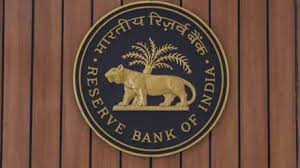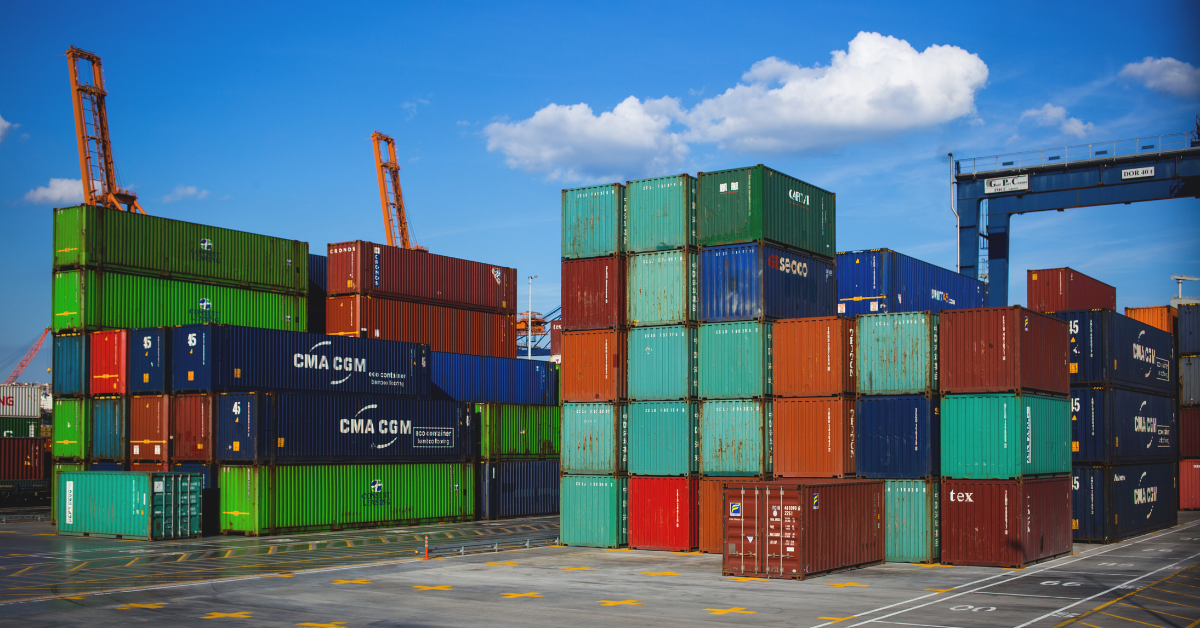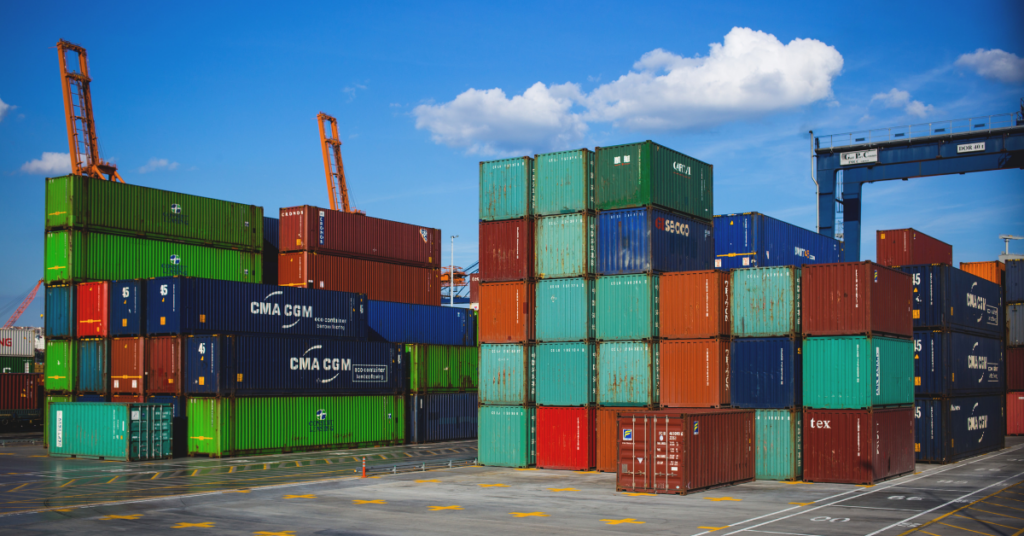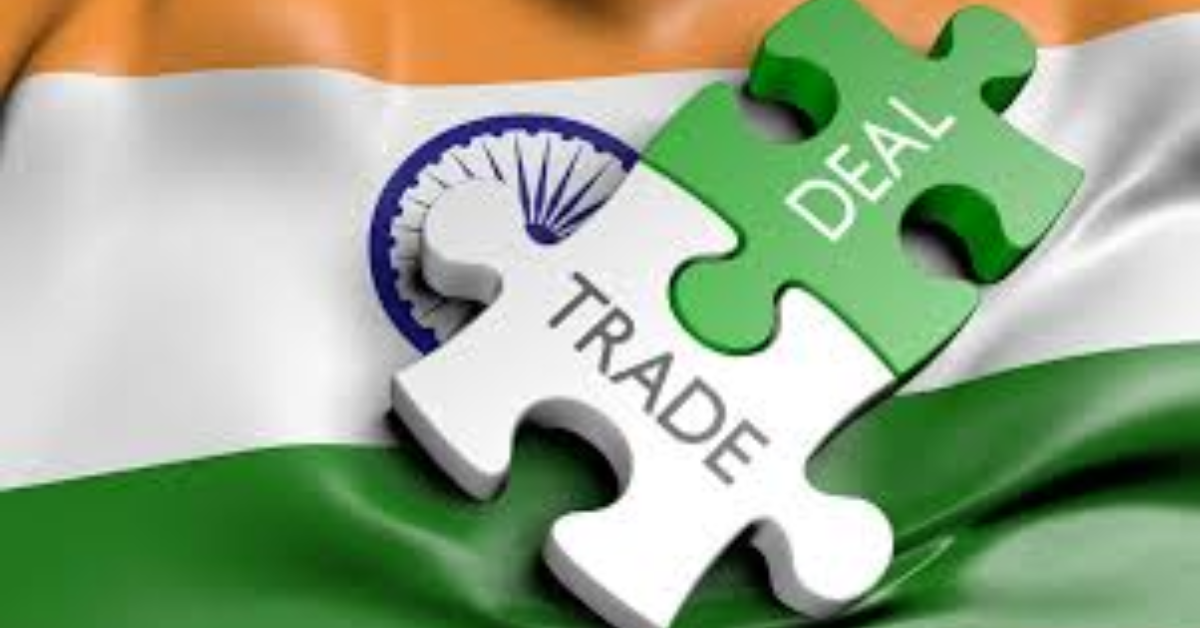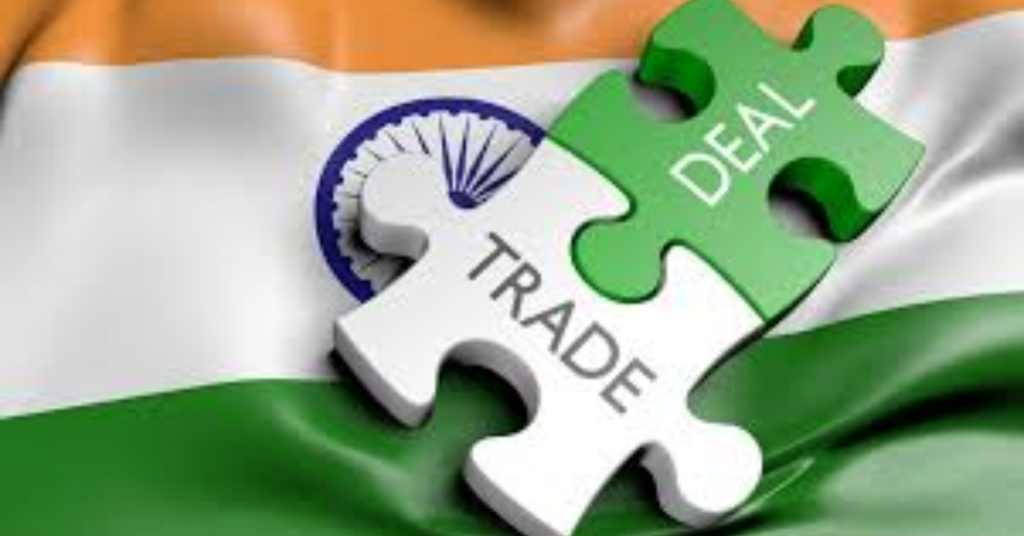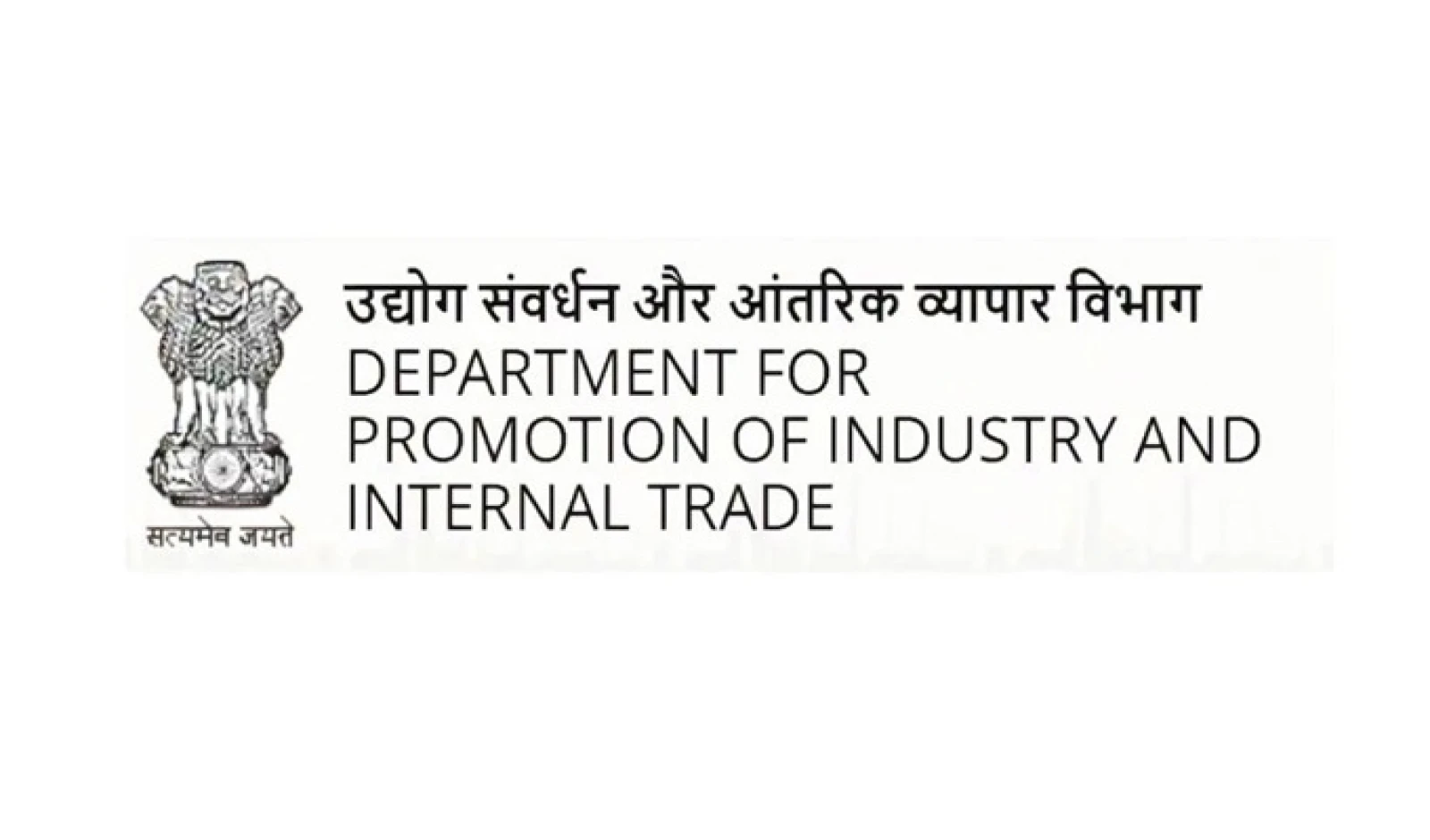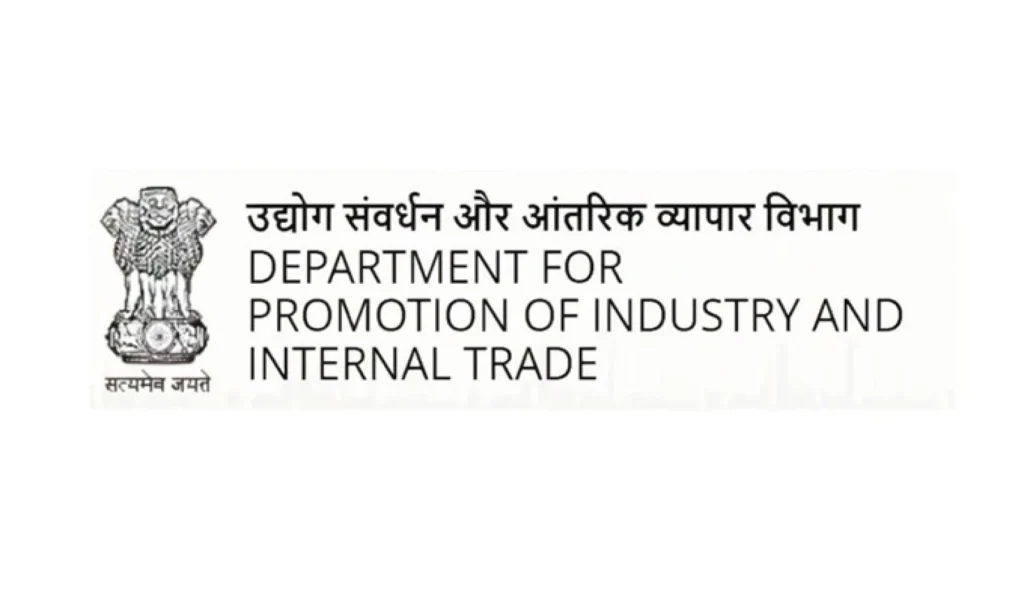Msme delinquencies plummet to five-year low
Several factors contributed to the significant decline in MSME delinquencies, reaching a five-year low of 1.8%. Improved economic activity in India played a crucial role, enabling small businesses to manage their cash flows more effectively and improve loan repayments. Government initiatives aimed at supporting the MSME sector, such as easier access to credit and subsidies, also contributed to the enhanced financial health of these enterprises.
Furthermore, enhanced monitoring and risk management practices adopted by lending institutions helped in identifying and addressing potential non-performing assets (NPA) early on. Restructuring schemes and proactive engagement with borrowers facing difficulties also prevented accounts from slipping into delinquency. The increased focus on credit risk assessment before disbursing loans also played a key role in reducing the overall delinquency rate. This cautious approach ensured that loans were granted to businesses with a higher probability of successful repayment.
Technological advancements in credit scoring and data analytics have further empowered lenders to make informed decisions. These tools provide a more granular view of the borrower’s creditworthiness, allowing for more accurate assessment of repayment capacity. The combination of a supportive economic environment, proactive government measures, and improved lending practices has collectively led to the notable reduction in MSME delinquencies, signaling a positive trend for the sector.
Regional Performance Overview
The regional performance overview reveals a diverse landscape in the MSME sector across India. While the national average for delinquencies reached a five-year low, certain regions exhibited stronger improvements than others. Western and Southern India demonstrated particularly robust performance, with lower NPA ratios compared to the national average. This can be attributed to the concentration of industries with higher growth rates and better infrastructure in these regions, facilitating smoother operations and improved loan repayments for small businesses.
In contrast, Eastern and Northeastern India faced persistent challenges, with MSME delinquencies remaining relatively higher. Factors contributing to this include limited access to credit, infrastructural bottlenecks, and a slower pace of economic development. These regions often have a higher proportion of micro-enterprises operating in sectors vulnerable to economic fluctuations, which impacts their financial health and ability to service debts. Targeted interventions and policy support are crucial to address these regional disparities and promote balanced growth across the country.
Furthermore, variations in credit risk assessment practices and recovery mechanisms across different states also contributed to the observed differences. States with more proactive monitoring and enforcement of loan agreements generally experienced lower delinquency rates. Addressing these regional imbalances is essential to ensure that the benefits of improved MSME credit quality are distributed equitably across India, fostering sustainable growth and development for all small businesses.
Impact On Lending Policies
The marked improvement in MSME loan portfolios, with delinquencies hitting a five-year low, is prompting a reassessment of lending policies across financial institutions. Banks and non-banking financial companies (NBFCs) are now evaluating their risk appetite and credit assessment frameworks. The reduction in non-performing assets (NPAs) provides an opportunity for lenders to expand their MSME loan portfolios with greater confidence, but also necessitates a nuanced approach to risk management.
Lenders are increasingly focusing on granular data analysis and predictive modelling to identify potential risks and opportunities within the MSME sector. This involves leveraging technology to enhance credit scoring models and monitor borrower behaviour more effectively. While the overall outlook is positive, lenders remain cautious about segments exhibiting higher stress, particularly micro-enterprises and businesses in vulnerable sectors. Consequently, lending policies are being tailored to address these specific risks, with stricter due diligence and enhanced monitoring mechanisms.
Furthermore, the improved financial health of MSMEs is encouraging lenders to offer more flexible loan products and competitive interest rates. This includes exploring innovative financing solutions, such as supply chain financing and invoice discounting, to meet the diverse needs of small businesses. The focus is shifting towards fostering long-term relationships with MSME borrowers and providing them with the necessary support to grow and thrive. However, lenders are also emphasizing the importance of financial literacy and responsible borrowing practices among MSMEs to ensure sustainable credit growth and prevent a resurgence of delinquencies.




